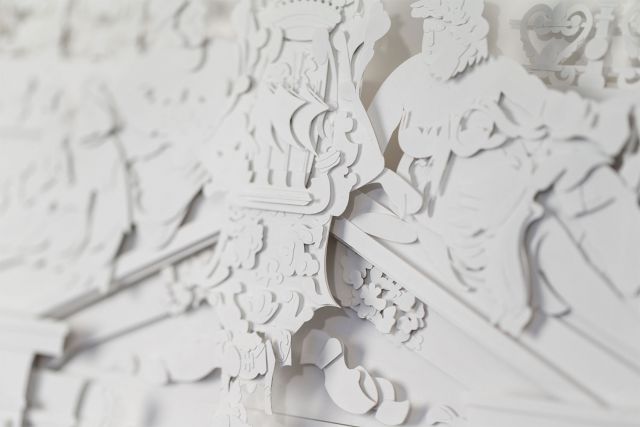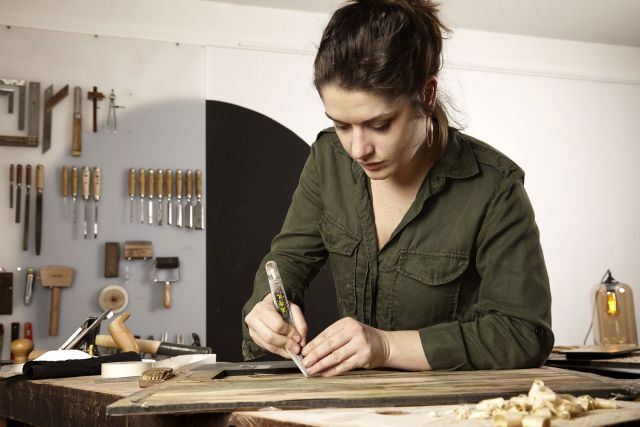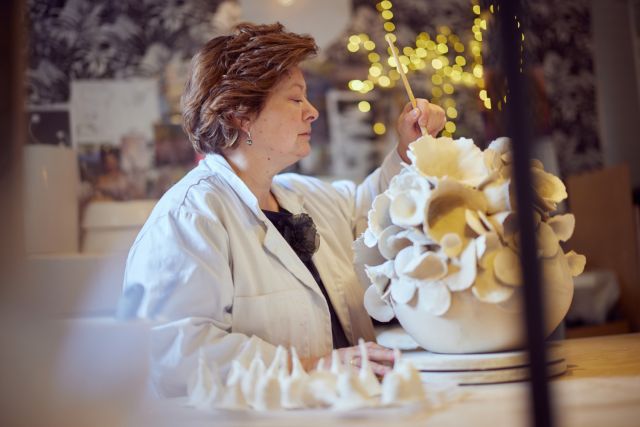These are handmade Andon lanterns made of three types of traditional Japanese papers stretched over a wooden frame, and placed on a walnut base, to form a cube, which remains one of the signatures of Fabien Ferreri's workshop.
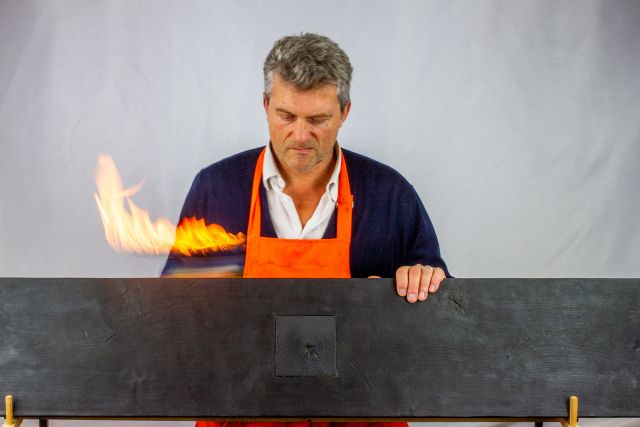
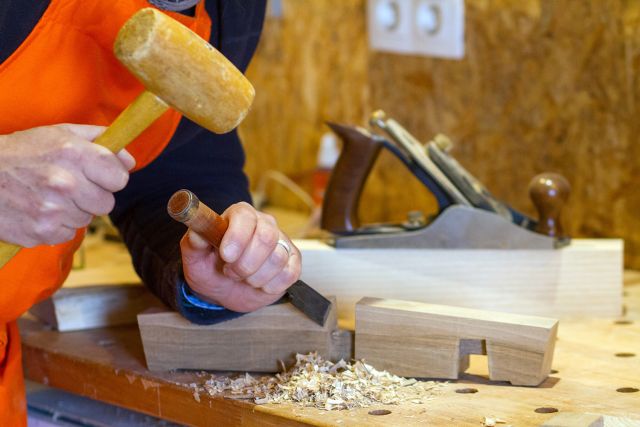
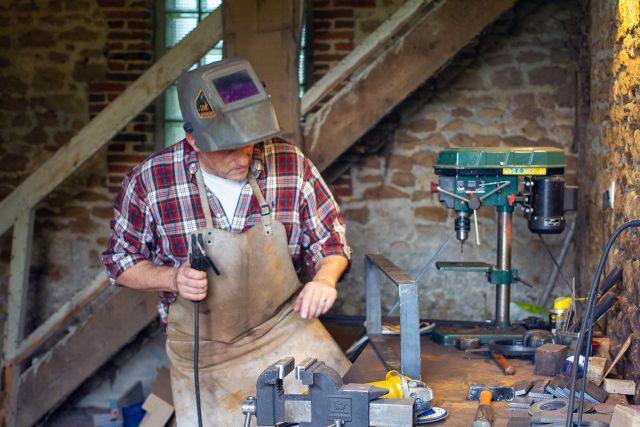
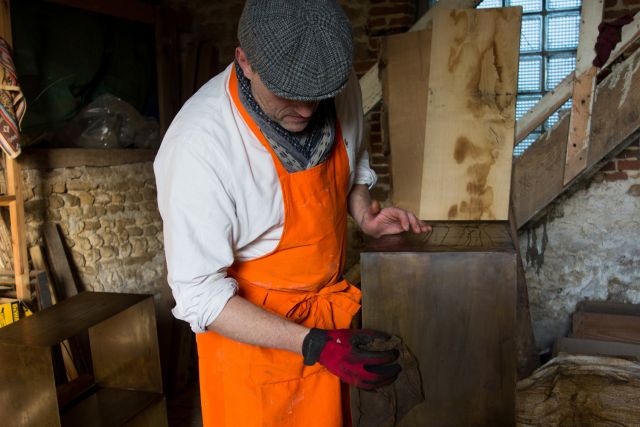
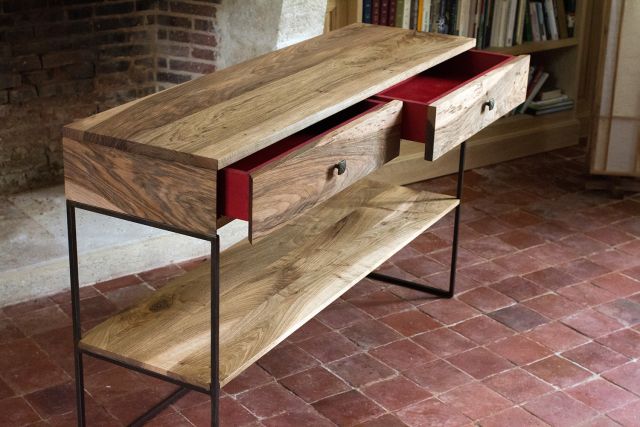
Fabien Ferreri
- Atelier Villard
- Furniture maker
- Mortagne-au-Perche, France
- Rising Star
Friday 14:00 - 18:30, Saturday 10:00 - 13:00/14:00 - 18:30, Sunday 10:00 - 13:00
+33 638124952
Implicit mastery
- • Fabien's initial passion was heritage building restoration
- • For him the hand is an extension of the mind
- • He grows his own trees and uses this and other local wood alone
Fabien Ferreri is the French furniture designer behind Atelier Villard. He graduated from École du Bois and École du Louvre, although his initial passion was rural heritage and traditional restoration techniques. In his creations, Fabien works with wood, steel, paper and fabrics, combining materials in a sensual and intellectual dialogue. His research focuses on forms that express, behind their apparent simplicity, a resolute complexity. There is little artifice in his pieces which showcase authoritative, serious, almost radical lines. Inspired by the renaissance of contemporary craftsmanship, his philosophy is based on unique, handmade creations, following an ethical and responsible approach with references to traditional Japan.
Read the full interviewWorks
Photo: ©Fabien Ferreri

Photo: ©Fabien Ferreri
This candle holder holds the entire universe of Villard in a small 6cm by 8cm cube. With an LED candle, powered by a replaceable battery, a small flickering electric flame brings the patterns and colours of Japanese chiyogami paper into play with transparency.

Photo: ©Fabien Ferreri
The Irori coffee table hints at the primitive central fireplace of ancient Japanese houses. The top is made of local cherry wood with bevelled sides. The base of the table, forming the bowl, is in patinated metal. The decorative hearth is protected by 6mm thick tempered glass and equipped with LED lighting remotely controlled by an independent box. The fireplace surround is made of burnt and oiled ash.

Photo: ©Fabien Ferreri
A luminous object in walnut, Japanese washi paper and LED lighting, this is a competition piece that hails the spirit of the traditional sailing boats of Osaka, Japan. This higaki-kaisen was selected for the 2021 Ateliers d’Art de France competition and presented at the Festival de l’Excellence Normande (FÊNO) 2021, in Caen. It was produced as a tribute to ethnologist Jean Cuisenier. The structure, made of walnut, combines slopes and reverse slopes in complex assemblies. The papers are stretched over transparent plexiglass rods. The light highlights, in transparency, the structure and the movement of the fibres of the paper.

Photo: ©Fabien Ferreri
This is a traditional lampshade, glued on a transparent polyphane support and stretched on a metal structure. In Japan, Seijin No Hi is the day that marks the entry into adulthood for teenagers. This tradition has its origins in the ancient rites of passage of the Shinto religion. During these ceremonies, boys and girls receive their names and their adult clothes. With these two different ceremonial fabrics, one feminine, the other masculine, the Seijin No Hi lampshade is a meeting, a prelude to the union of these two principles.





